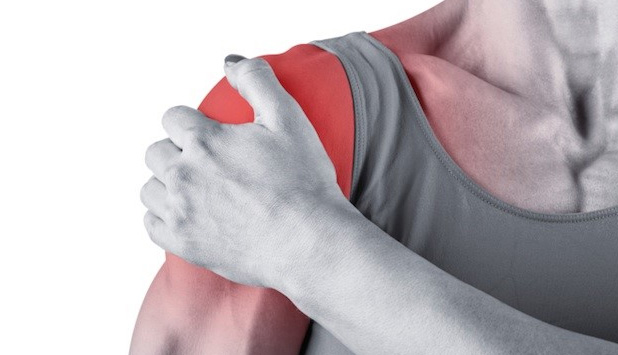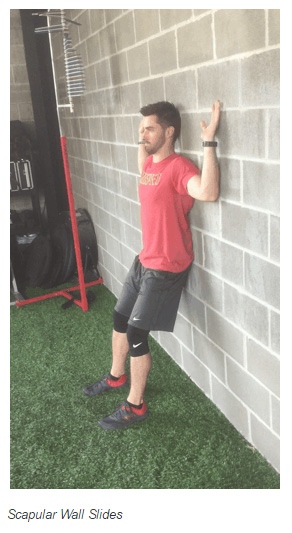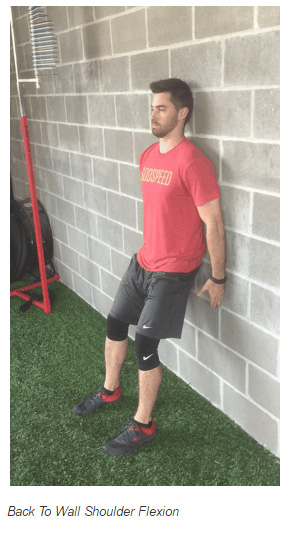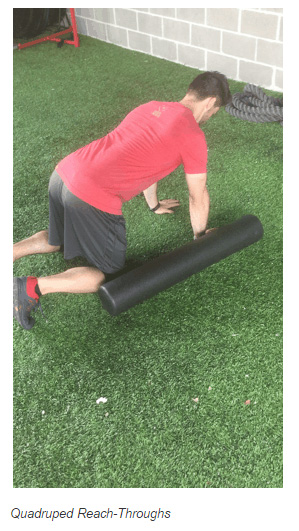| 4 Exercises Pitchers Need to Do After Every Start |
| By: Austin Womack
Provided by: STACK Here's why every pitcher needs to think differently about post-throwing recovery. Icing Is Not the Answer
If you've ever pitched, you've likely had a coach or trainer wrap what seemed like your entire upper body with bags of ice after an extensive appearance on the mound. Icing the arm after an outing is a tradition in baseball, and it probably won't go away any time soon. But does icing the arm really help recovery? The theory is that the ice reduces inflammation in the tissue damaged by pitching. However recent studies show that it is not necessarily helping like we all thought it was. One particular study concludes that icing post-exercise may actually delay recovery. When you ice your arm after pitching, the duration and temperature are not significant enough to positively affect the damaged muscle tissue. The treatment only hits the superficial layers of the skin and fascia. Lactic Acid, Reconsidered
So if we don't ice, then what should we do? Run long distances to flush out the build up of lactic acid? Wrong again. First, you need to understand that lactic acid is an organic compound that assists in ATP production during glycolysis. Glycolysis is the energy system used in high-intensity physical activity lasting 20-40 seconds. During these intense bouts of activity, the body builds up an excess of lactic acid and hydrogen molecules. This creates an acidic atmosphere within the cells that the body needs to balance out. Luckily, the human body is amazing and can do this very efficiently. Lactic acid is in a near constant state of turnover in the cells, even at rest. Lactic acid is also an energy source for the cells. It is sometimes transported to the liver via the blood, where it gets converted into pyruvate acid and then to glucose, the main source of energy during glycolysis. This event is called the Cori Cycle. To put it simply, you do not need to run long distances to flush out lactic acid. In fact, when you run long distances, you actually create more lactic acid in your body. A Better Way
I find the best recovery approach is to lift weights, throw lightly and perform soft tissue and mobility exercises. The day after you start, you should visit the weight room. Perform Squats, Deadlifts, Lunges, Rows, Push-Ups, Deadbugs, Pallof Presses, Planks and rotator cuff work. I recommend performing a light throwing session prior to lifting, but this depends on how a pitcher is feeling. The foam roller and lacrosse ball should be a pitcher's best friends. A number of studies (see links below) support soft tissue work for enhanced recovery and improved range of motion (ROM). • Study 1 • Study 4 This is important, because we now know that arm soreness after pitching is due exclusively to muscle tissue damage and not build-up of lactic acid, as I touched on earlier. Performing soft tissue work can reduce the negative effects of fatigue and soreness in the arm. Upper-body mobility circuits are also great to implement into a post-throwing recovery program. A sample circuit is shown below: • A1. Hindu Push-Ups - 5x8 • A2. Quadruped Reach-Throughs - 5x8 per side • A3. Scapular Wall Slides - 5x8 • A4. Back To Wall Shoulder Flexion - 5x8 Mobility circuits like this can improve range of motion and post-throwing recovery to get a pitcher ready for his next appearance. Remember, though that each pitcher has different mobility and ROM needs, and the exercises should be adjusted to fit those needs.
|













